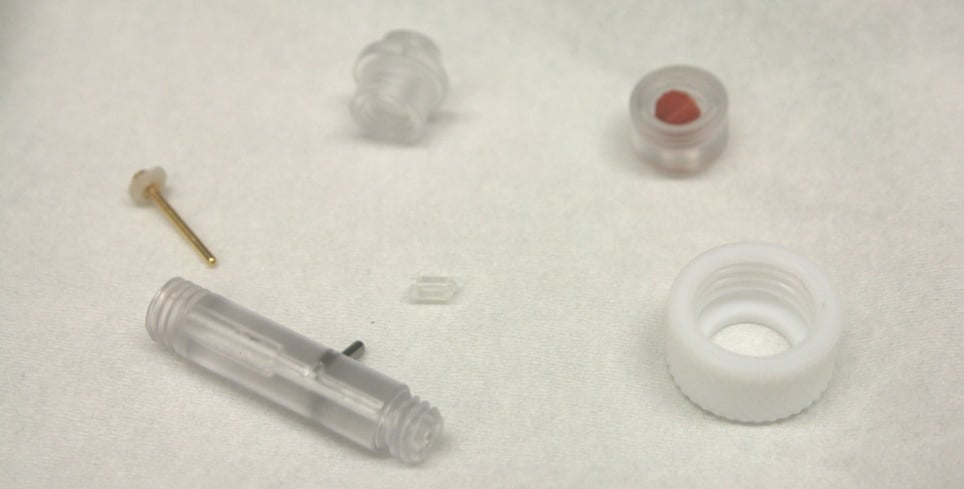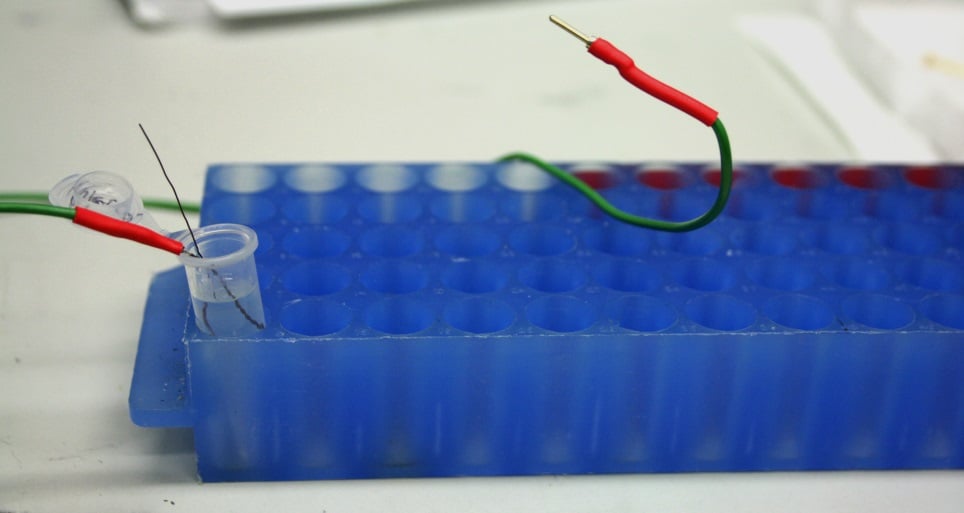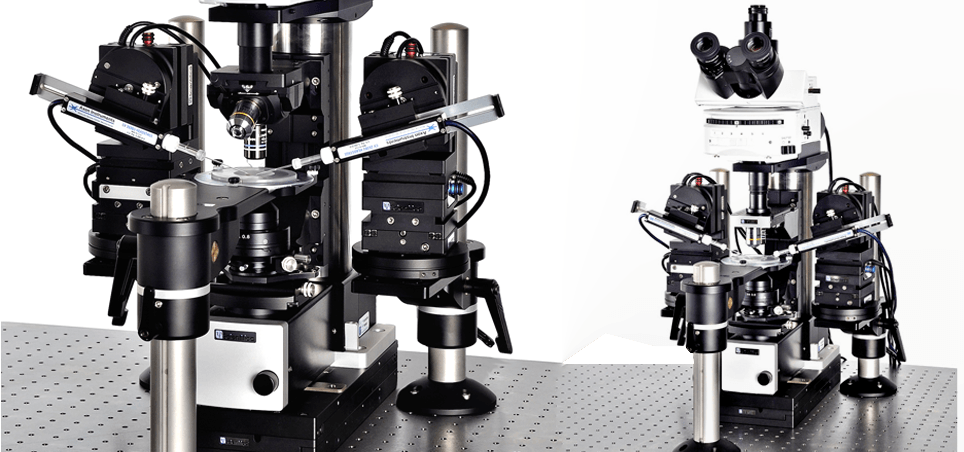
#LabHacks: How to reduce the noise around your electrophysiology rig
Electrical noise is a constant source of annoyance to electrophysiologists. When making fine recordings of the electrical properties of a cell, even the smallest disturbances can hide the true changes in voltage or current occurring across the membrane. For example, to carry out single-channel recordings, which can reveal the characteristics of individual ion channels, noise must be almost eliminated.
By taking a systematic approach, it is feasible to reduce the noise on a patch-clamp electrophysiology rig to a level where single-molecule activity can be recorded with microsecond resolution. The amount of reduction necessary will depend on upon the experiment but using the techniques below it is possible to lower background noise levels by up to 90%.
Sources of electrical noise
The best electrophysiology equipment will be built to produce minimal (or zero) noise. In addition, patch-clamp rigs are nearly always floated on an antivibration table and placed within a Faraday cage to eliminate movement and external electrical noise respectively.
However, these are by no means perfect and until proven otherwise, all electrical devices in proximity to the rig should be considered a potential source of noise.
Therefore, common causes of electrical noise include mains electricity supplies, cheap power supplies, computers, monitors, mobile phones, refrigerators, centrifuges, light sources, manipulators, microscopes, cameras, stages and platforms, perfusion systems, headstages, pipette holders and amplifiers.
A strategy for reducing noise
An excellent tool to check for sources of noise is a digital oscilloscope. These are now relatively cheap and enable you to measure noise on the fly. The best way to begin is to strip down your rig by removing all peripheral equipment. By doing this, the only items inside your faraday cage will be your headstage, manipulators, sample holder and microscope. The camera, light source and perfusion tubing can all be removed.

At this point, you should ensure that all electrical equipment is properly grounded. However, it is important to make sure that you have not created any grounding loops by limiting the total number and by testing them all for electrical integrity.
By stripping out all peripheral equipment and putting them back one by one you will be able to identify if any of them is a significant source of noise. If for example, you add your camera back to the setup and find it is causing electrical noise, you may be able to switch it off once you’ve found your cell of interest to eliminate this problem.
Infuriatingly, the greatest cause of noise will likely drown out the noise from all other sources. Therefore, once you have identified and reduced one primary source, it is necessary to go back and check all previously ineffective changes, as they may now be the major source. Hence, it is best to do multiple rounds of troubleshooting, returning to the beginning of your list each time a source of noise is identified and removed.
A troubleshooting checklist:
- Switch off manipulator
- Switch off camera
- Insulate lamp cable
- Clean pipette holder (with ethanol, then rinse with water and air dry)
- Bleach grounding wires, electrode and reference electrode (to remove any oxidation)
- Rewire to remove grounding loops

Another source of noise may be the perfusion system. To minimise its impact is best to remove all unnecessary tubing. Next keep the level of the bath low and hold the patch near the top to reduce the immersion of the pipette and its capacitance. In certain recording conditions, such as cell-attached mode on acute brain slices, it is possible to remove the perfusion completely as long as the bath solution is regularly replaced by hand.
For persistent causes of noise, an additional structural shielding of the entire setup with wire mesh or metallic fabric can help. The metallic material can also be of benefit as a curtain at the front of the Faraday cage.
When all of the noise levels at the setup have been minimised, the greatest cause of noise will come from the seal of your pipette and the cell. At this point, getting a tight seal will be the most important aspect for eliminating noise.

Take a look at Scientifica's range of complete electrophysiology rigs
Acknowledgements
This article is based upon the Cold Spring Harbor Protocol topic introduction “Single-Channel Recording of Ligand-Gated Ion Channels” by Andrew J. R. Plested (DOI: 10.1101/pdb.top087239). Our thanks go to Andrew for his help with this piece.
Read more #LabHacks articles
- #LabHacks: Tips for improving your electrophysiology experiments
- #LabHacks: How to align your laser for two-photon imaging
- #LabHacks: Tips for cleaning the optics of your microscope
- #LabHacks: To compensate or not to compensate, that is the question
- #LabHacks: Choosing the best opsin for your optogenetics experiments
- #LabHacks: 14 sharp tips for patch clamping
- #LabHacks: Tips for performing adult animal brain slicing for patch clampers

)